1. Elif Bilgin, 16: Going Bananas With Bioplastics
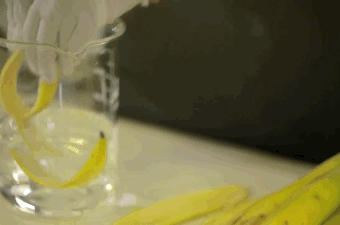
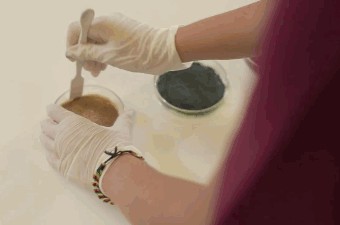
Bioplastics are a less-polluting alternative to petroleum-based plastics. Elif learned that starchy foods like potatoes can be used to create plastics, so she sought to find out if banana peels, a common food waste product, could work as well. She studied current bioplastic production techniques and developed a process that involved puréeing the peels, dipping them in a sodium metabisulfite solution and baking them. Her process worked, and the plastic she created could have many practical applications.
2. Kenneth Shinozuka, 15: A Mobile Tech Solution to Care for Family
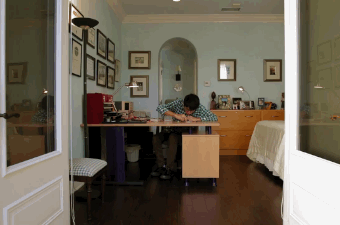

Kenneth's grandfather's Alzheimer's disease caused him to frequently wake up in the middle of the night and wander around unattended. To help his family monitor his grandfather's safety, Kenneth invented a pressure-sensitive warning system that attaches to the bottom of your foot and triggers an alert on your phone when you place pressure on it by walking. What Kenneth created for his family has the potential to help many others.
3. Deepika Kurup, 17: Making Clean Water out of Cement
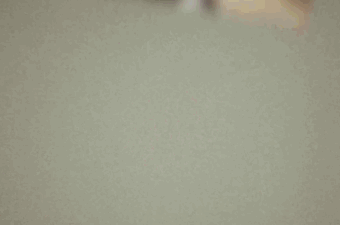
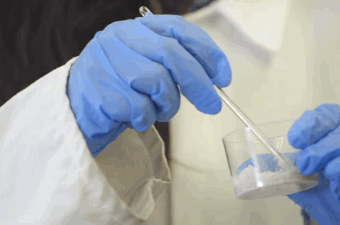
Deepika was inspired to develop a sustainable technique for water purification after seeing people in India who were forced to drink contaminated water. She set out to find a way to purify water using inexpensive materials. Her exploration yielded a successful technique that relies on cement and sunlight to remove contaminants. She's hopeful her technique has practical implications for creating better water purification systems in cities without clean water.
4. Jonah Kohn, 14: Helping People With Hearing Loss Enjoy Music

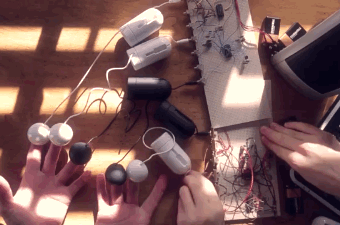
Jonah Kohn used his love of music and guitar to dig deeper into the science of sound. While trying to play music in a noisy classroom, he found he could hear better by placing his teeth on his guitar. This phenomenon, known as bone conduction, led to his invention of a tactile sound device that helps people with hearing loss improve their ability to hear the melody, beat, and lyrics of music.
5. Hayley Todesco, 18: Eliminating Toxic Waste With Bacteria
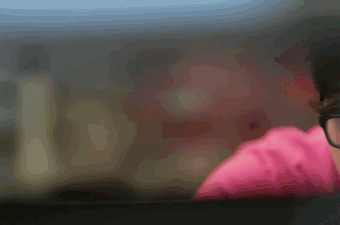
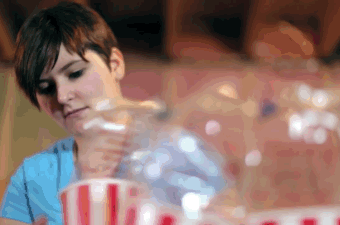
Hayley's love of nature and the environment fueled her exploration into ways to clean up the pollutants that are the byproduct of the oil industry in the area of Canada where she lives. She researched how bacteria can break down pollutants and developed a bacteria-infused sand filter that can be used to remove toxins from water. She's excited to explore the potential for biological processes in cleaning the environment.
6. Bonkhe Mahlalela, 14, and Sakhiwe Shongwe, 14: Battling Food Shortages With Science and Creativity

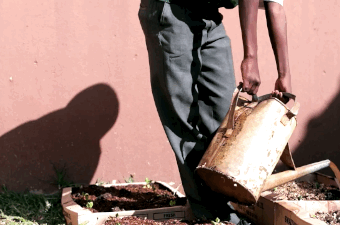
Most residents of Swaziland rely on imports and subsistence farming to get fruits and vegetables. Prevalent poverty in the country makes eating healthy a challenge. Bonkhe and Sakhiwe teamed up to investigate how irrigating produce with modern hydroponic techniques could increase the production of crops in small residential spaces. Their efficient model yielded more food production in shorter periods of time.
7. Pranav Sivakumar, 16: Finding Quasars in the Night Sky
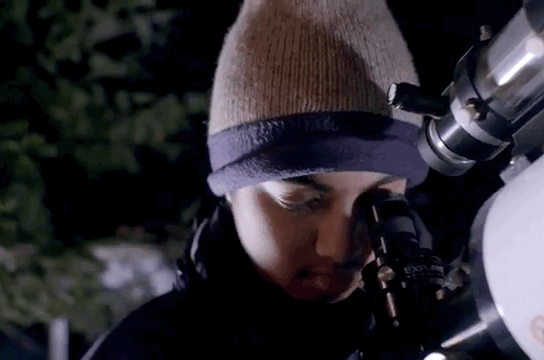
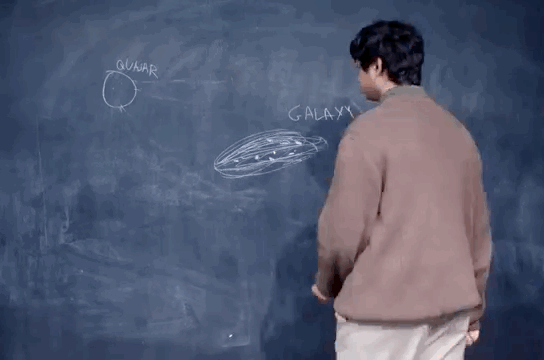
Pranav's fascination with quasars led to him developing a method of pinpointing their location in space. Quasars are quasi-stellar radio sources outside of our galaxy that emit huge amounts of energy. Quasars are hard to see because the gravitational pull of galaxies distorts and bends their light. Pranav developed an algorithm to detect these distortions, thereby making it possible to find more quasars.
8. Ann Makosinski, 15: A Reinvention of the Flashlight
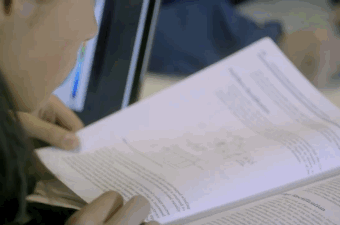

Ann found inspiration for her project by learning about how hard it was for people living in places without electricity to read and do schoolwork at night. She set about creating an eco-friendly flashlight that doesn't require batteries or moving parts. Ann's invention uses Peltier tiles to generate electricity from the difference in temperature from ambient air and the heat of the human hand. The small amount of energy that's created is enough to power an LED light. Ann's project has the potential to make a big impact for people living without access to batteries or electricity.
Follow the groundbreaking science happening at this year's Google Science Fair:
View this video on YouTube
All images via Google Science Fair.

